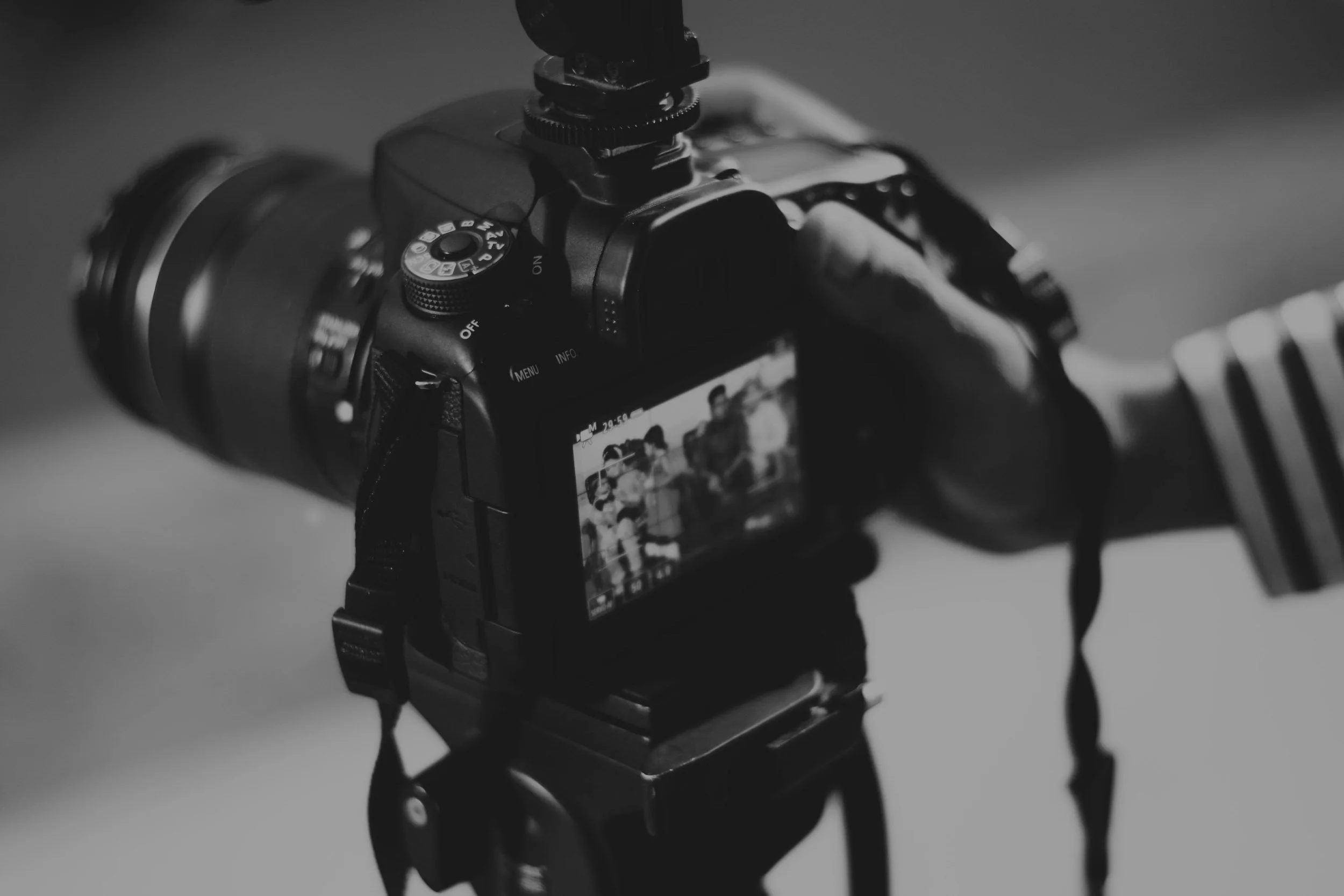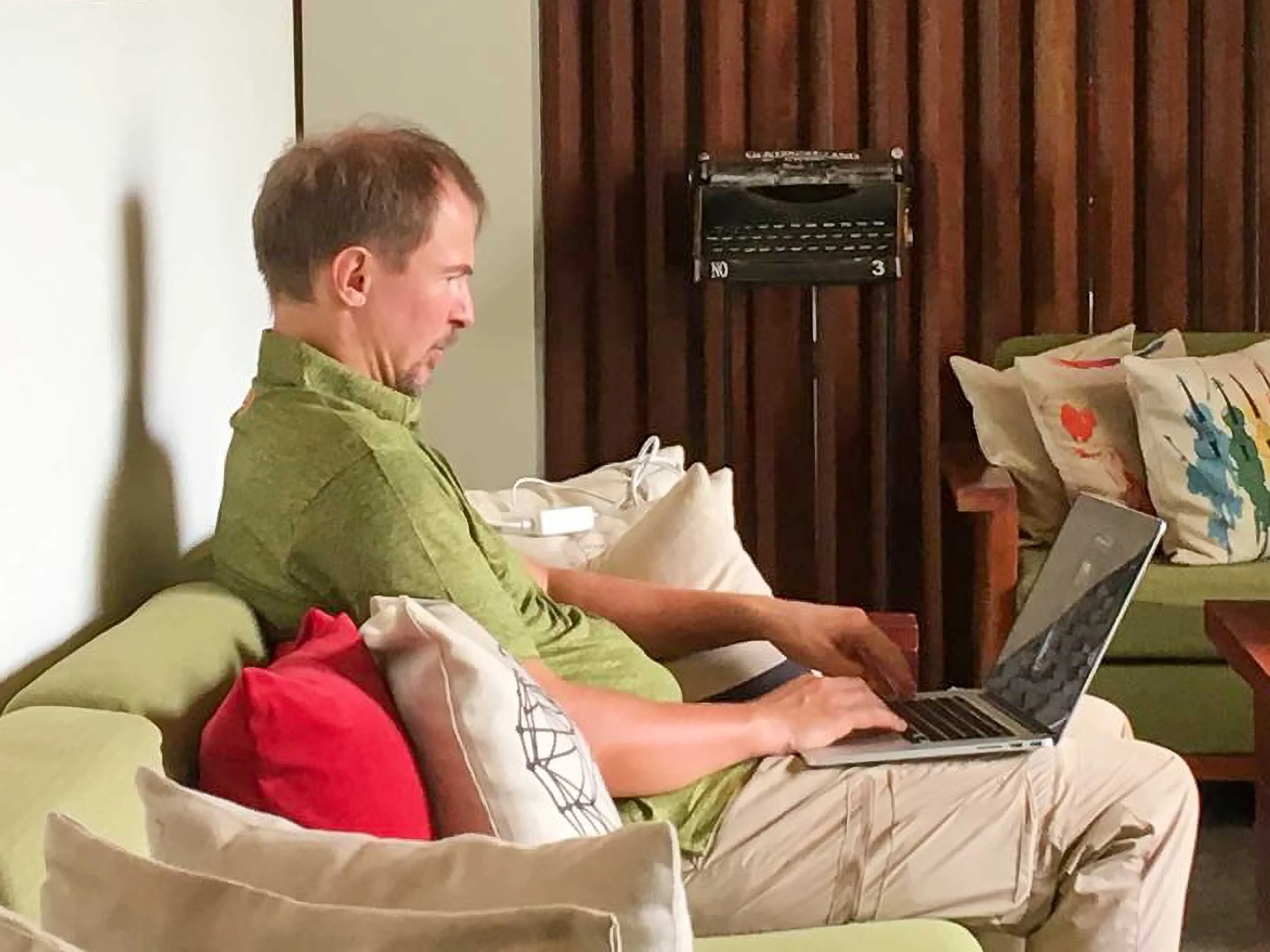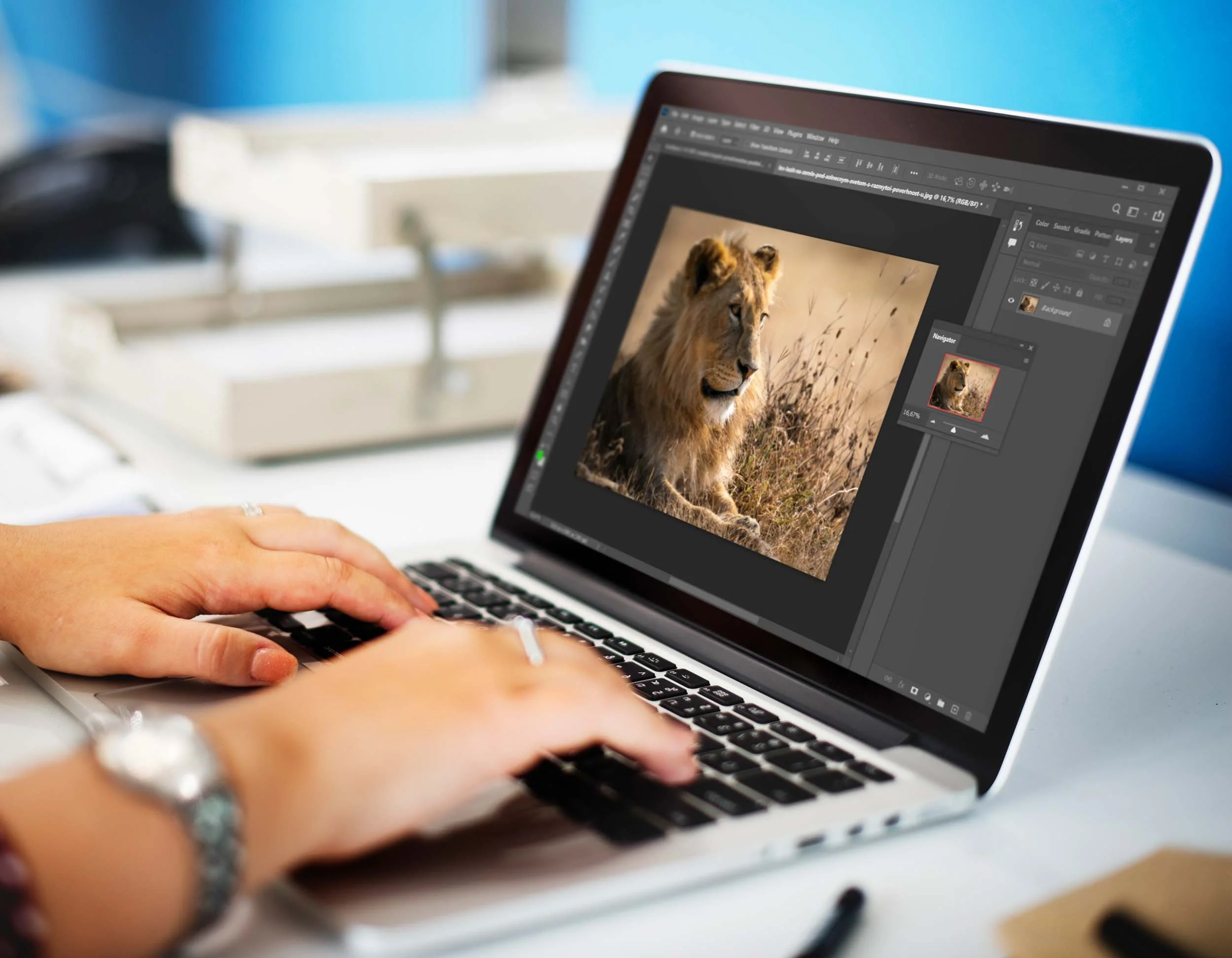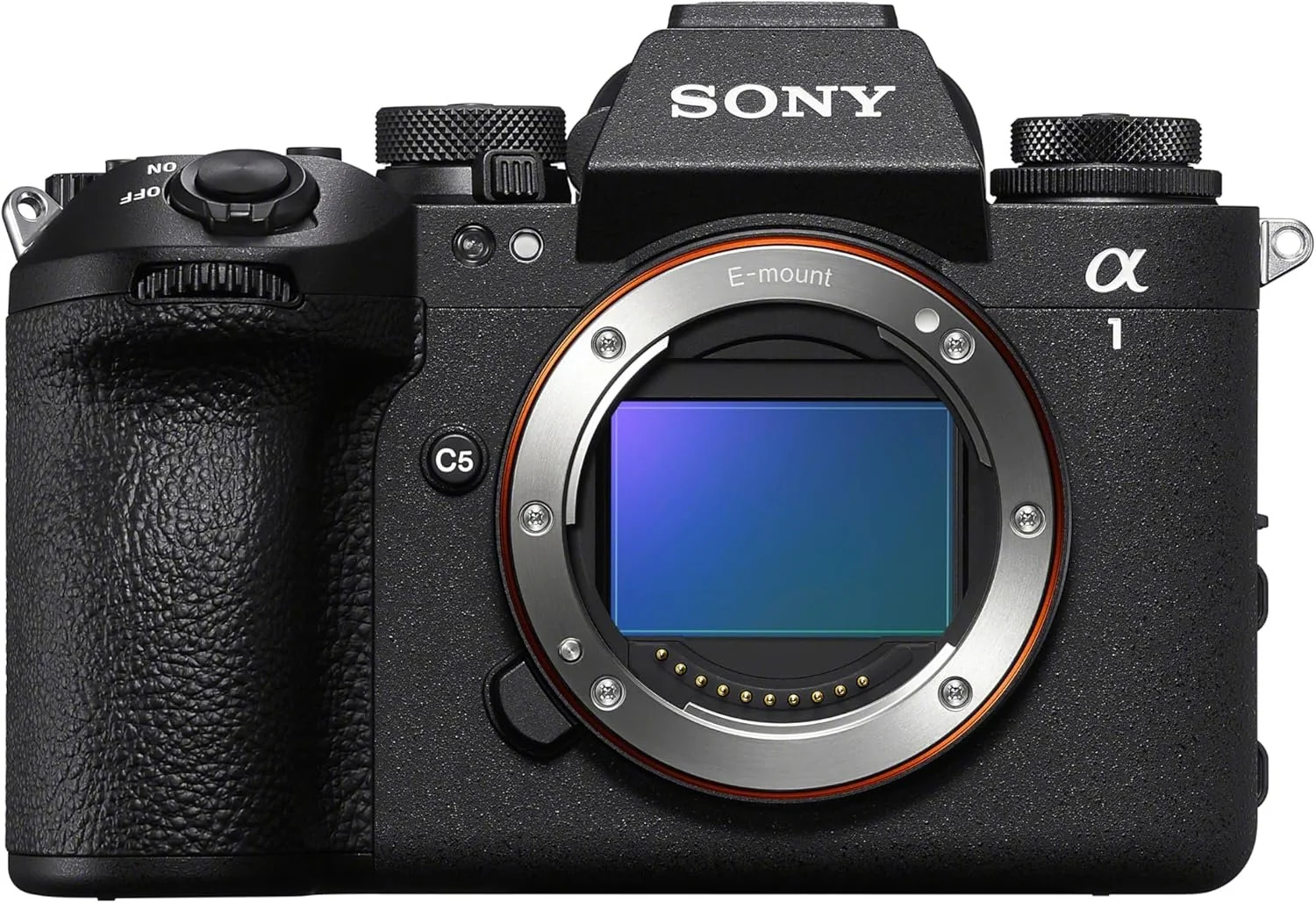Capture the Moment!
Since 2013, I’ve published hundreds of blog posts on all aspects of photography. Some are aimed at helping photographers with their technique, settings, and equipment, but others describe my exhibitions, workshops, and adventures in Africa, Antarctica, and beyond.
Feel free to browse chronologically or click on the heading above any post for specific categories, such as Equipment, Trips or Hints and Tips.
If you’d like to write a guest post, I charge £50 + £10 per dofollow link. Please drop me a line on +44 7942 800921 or at nick@nickdalephotography.com.
(Please note that some posts contain affiliate links from which I can earn a small commission.)

Top Tips for Wildlife Photography at Dawn
There is something magical about the quiet times just before dawn — the world only half awake, the air sharp, and animals stirring. Taking wildlife photos in such conditions is highly rewarding and equally challenging. Animals are most active at dawn, and light shifts every minute. Every decision, from camera settings to position, affects how the story unfolds in your frame.

How to Keep Your iPhone Ready During Wildlife Photography Trips
Wildlife photography no longer depends on bulky lenses and heavy gear. Today, the iPhone can capture moments in nature with clarity once reserved for professional cameras. Still, a wonderful photo starts long before pressing the shutter.

The Future of Photo Editing: How AI Transforms Post-Processing
Photography has always been about more than pressing the shutter. From the darkroom practices of the early 20th century to the digital workflows of today, post-processing has defined how images are refined, perfected, and shared. Now, with Artificial Intelligence (AI) advancing at a remarkable speed, photo editing is entering a new era. AI promises not only to automate technical corrections but also to fundamentally reshape creativity, accessibility, and authenticity in photography.

How Photography Can Make You a Better Writer
In the world of art, writing and photography are two disparate pursuits. One documents the world in pictures; the other paints it with words. But for anyone who has spent hours behind the lens and facing a blank page, the connection is rendered plain.

On the Edge: Photo Stories from Adventures
Behind every breathtaking photograph taken at the limits of possibility lies a story that ordinary tourists would never experience. These images are created where the well-worn paths end and the true spirit of discovery begins, where the photographer becomes an integral part of the untamed environment. In this article, we share visual narratives from masters who deliberately choose challenging routes and harsh conditions to capture their work.

Exploring Photography Niches in College: Finding Your Path as a Pro
So, you’ve picked up a camera, snapped a few incredible shots around campus, and now you’re hooked. Welcome to the world of photography! Whether you started just for fun or stumbled into it while taking pictures for your student club, photography can quickly become more than just a hobby. But here’s the thing: photography isn’t just one big bucket. It’s a whole spectrum of niches, each with its own vibe, gear needs and creative demands.

Top 100 Photos: Before and After
How important is editing? Some wildlife photographers religiously refuse to add or subtract anything, but photo software is so powerful these days that they might be missing out—especially if they don’t use generative AI! Do you believe your photos should be as representative as possible or as visually appealing? Are you a journalist or an artist?

Top Wildlife Photo Editing Services Every Photographer Should Try in 2025
Wildlife photography brings great rewards but also plenty of obstacles. Bright sunlight, sudden movements, and unpredictable surroundings can make it tough to get the perfect shot. Most images still need some fine-tuning later, which is why professional photo editing services are so valuable.

Types of Cameras for Wildlife Photography
When buying a camera for wildlife photography, you get what you pay for. That means your budget is an important factor in deciding the eventual quality of your images. If you’re serious, you might take out a loan or trade in your existing kit to get the very best available model, but that doesn’t work for everyone! Some people just want a cheap and cheerful device they can put in their pocket—like a smartphone.

How to Build a Photo Portfolio
If you want to impress people as a photographer, show them fewer photos! If people see one or two stunning images, they’ll probably say, “Wow!”, but if there are too many, it’s more likely to be “Meh…” The key to building a successful portfolio is showing only your very best work—ie ‘fake it ‘til you make it!’

Mastering Wildlife Photography From Your Campervan
If you're a passionate wildlife photographer, life on the open road isn't just a way to travel—it's a vital part of how you immerse yourself in the natural world and capture it through your lens. There’s nothing quite like waking up at dawn to birdsong, watching mist rise over a remote forest, or positioning yourself at the edge of a loch just as wildlife begins to stir.

Editing Wildlife Photos: Beginner Tips
Learn how to edit wildlife photos with tips on noise reduction, colour correction and composition to make your images sharp and natural-looking.

A Beginner’s Guide to Wildlife Photography
Wildlife photography starts with a passion. This shot of a bear is probably my favourite—but it was a long time coming! The summer after I left university, I went to visit a friend of mine in London. He wasn’t home, but I met his mother. To pass the time, I asked if she’d been anywhere nice on holiday. “Well, I’ve actually just come back from watching bears catching salmon in Alaska!”

How to Make Trade-offs in Photography
Wildlife photography is all about trade-offs. It’s almost impossible to maximise convenience, flexibility and image quality while minimising noise and motion blur—and there’s never enough light, so trying to shoot at f/16, 1/4000 of a second and 100 ISO is crazy! Here’s a list of the main trade-offs and the best ways to handle them.

How to Take Environmental Portraits
Environmental portraits seem to be quite fashionable these days, but what exactly are they, and how do you create them? Let’s have a look at both of these questions in more detail.

Are you Taking too Many Photos?
When I’m on a Paul Goldstein trip, he often accuses me of taking ‘too many photos’—but how many is too many?! It’s true that you shouldn’t ‘spray and pray’, and very few people want to spend hours and hours looking through thousands of photos, but there are arguments on both sides. Let’s take a closer look…

How to Focus
In the olden days, you had no choice. Cameras didn’t have autofocus (AF) systems, so you had to focus manually. Fortunately, those days are long gone, and modern DSLRs and mirrorless cameras give you tons of options for different conditions and types of shots. In fact, there are so many settings that it can feel a bit overwhelming!

How to Take Pictures on Night Drives
The word photography means 'drawing with light' and comes from the Greek words ‘photo’, meaning light, and ‘graph’, meaning to draw. You normally have plenty of light if you’re taking pictures during the day, but what about at night? It’s usually dark, so what can you do? Well, don’t despair. The good news is that with the right equipment, settings and techniques, you can still come away with some decent photos!

Denys the Menace
Finch Hattons is a luxury safari camp in Tsavo West National Park, Kenya. It’s named after Denys Finch-Hatton MC, a nobleman, soldier, pilot and Edwardian big game hunter who was educated at Eton and Oxford. Denys wasn’t really a ‘menace’—unless you happened to be one of the animals he shot! In fact, he became one of the early pioneers of photographic safaris when he hosted the Prince of Wales (later Edward VIII) in 1928 and 1930.

Rhino Heaven
Everyone talks about how hard it is to find leopards, but what about rhinos?! I’ve been on over 500 game drives in nine different African countries, and I’ve hardly ever seen them. And that’s the main reason why I decided to visit Kicheche Laikipia—or Rhino Heaven!
